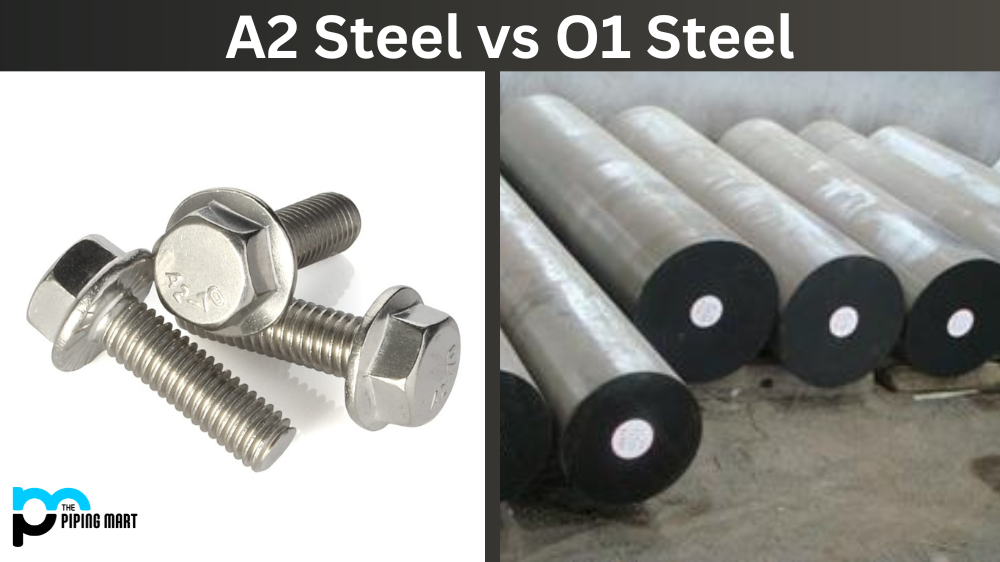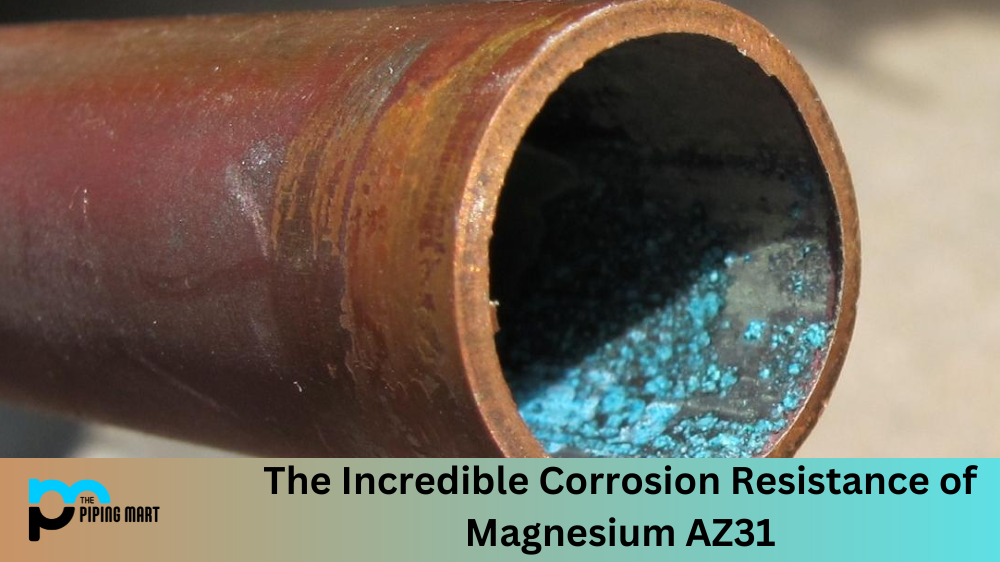Stainless steel is a versatile material widely used in various industries, from aerospace to medical devices. One of the most popular types of stainless steel is 17-4, known for its excellent strength, corrosion resistance, and machinability. However, this steel has two variations: 17-4 PH and 17-4. This blog post will delve into the differences between 17-4 PH and 17-4 and what applications they are best suited for.
Difference Between 17-4 PH and 17-4
Chemical Composition
While both types of steel contain the same major elements, such as iron, chromium, and nickel, their compositions differ in terms of the amount of copper and carbon they contain. 17-4 contains more copper and carbon than 17-4 PH, contributing to its hardness and toughness. On the other hand, 17-4 PH has a lower carbon content, making it more corrosion-resistant in certain environments, such as seawater.
Mechanical Properties
The properties of the two types of steel are also different. 17-4 PH has a higher yield and tensile strength than 17-4, which makes it ideal for applications that require high strength, such as aerospace components, chemical processing equipment, and firearms. 17-4, on the other hand, has a higher elongation and impact strength, which makes it better suited for applications that require good toughness, such as pump shafts, valve stems, and food processing equipment.
Heat Treatment
Another important difference between 17-4 PH and 17-4 is their heat treatment process. 17-4 PH is precipitation-hardened steel heat-treated to achieve high strength and toughness. 17-4, on the other hand, is a martensitic steel, which means it is hardened by quenching and tempering. The heat treatment process also affects the corrosion resistance of the two types of steel. In general, 17-4 PH is more resistant to stress corrosion cracking than 17-4 due to its lower carbon content.
Cost
Cost is also important when choosing between 17-4 and 17-4 PH. 17-4 PH is generally more expensive than 17-4 due to the cost of the heat treatment process. However, the higher cost may be worth it for some applications that require superior strength and toughness.
Applications
So, what applications are these two types of steel best suited for? As mentioned earlier, 17-4 PH is ideal for applications that require high strength and toughness, such as aerospace components, chemical processing equipment, and firearms. On the other hand, 17-4 is better suited for applications that require good toughness and corrosion resistance, such as pump shafts, valve stems, and food processing equipment.
Conclusion
In conclusion, 17-4 PH and 17-4 are two types of stainless steel with unique properties and applications. When choosing between the two types, it is important to consider factors such as chemical composition, mechanical properties, heat treatment process, cost, and application requirements. With this knowledge, you can decide which type of steel is best suited for your specific application.

Abhishek is a seasoned blogger and industry expert, sharing his insights and knowledge on various topics. With his research, Abhishek offers valuable insights and tips for professionals and enthusiasts. Follow him for expert advice on the latest trends and developments in the metal industry.




